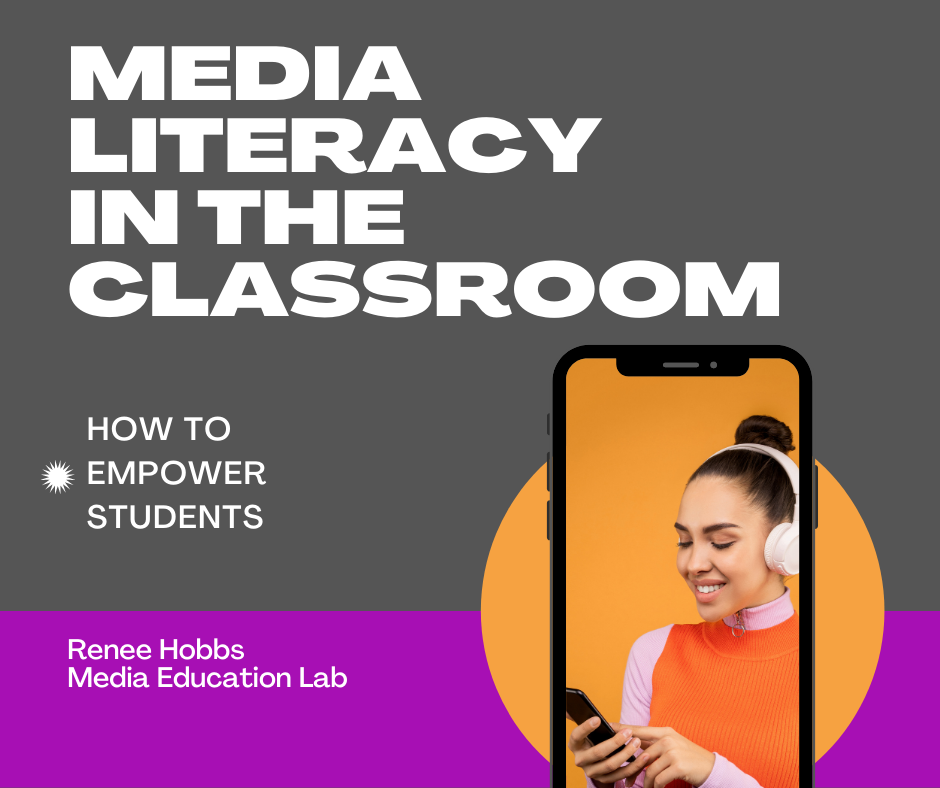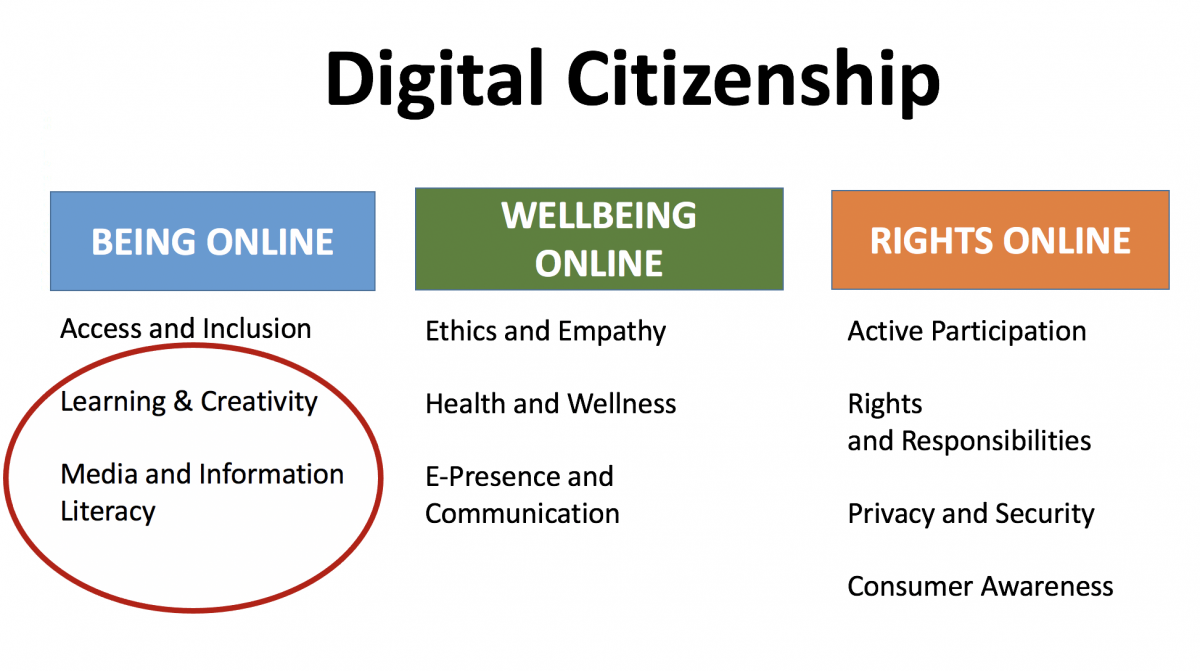Renee Hobbs is delighted to present a session for the Atlantische Akademie for teachers from Rheinland-Pfalz and other German states on December 10, 2020. The entire event is conducted in English.
 Media Literacy in the Classroom:
Media Literacy in the Classroom:
How to Empower Students
Prof. Renee Hobbs
University of Rhode Island USA
In this session, we model a variety of instructional practices and reflect on how they support student learning.
1. What is Your Motivation for Media Literacy Education and Digital Learning? Set Your Motivation
Takeaway Message: There are many different reasons for teachers to integrate media literacy competencies into instruction and each motivation is linked with values and ideologies. Respect for different motivations is key. Teachers' motivations influence the instructional choices they make in the classroom.
2.Learn Media Literacy Concepts and Vocabulary: Magazine Media Literacy in a Time of Coronavirus
Takeaway Message: Collaborative activities that engage learners in critically analyzing images can help build media literacy vocabulary and understanding of theoretical concepts.
3. Reflecting on Familiar and Unfamiliar Media: Love It or Hate It Cards
- Pick images that represent a form of media that you "love" and "hate"
- Pick images that represent a form of media that you "trust" and "distrust"
Takeaway Message: Reflecting on familiar media helps students make explicit their tacit knowledge of media and technology. In this activity, students appreciate the different choices of media that people make and this builds respect for the value of diverse perspectives. By using language to explain one's choices, students apply developing vocabulay and conceptual understanding of media literacy.
4. Analyzing Media Messages: ML Smartphone
Takeaway Message: It takes practice to learn to critically analyze media messages, but over time, these concepts become internalized and learners naturally find themselves asking them. A structured protocol helps support rich dialogue and discussion that helps learners understand key ideas and activate critical thinking and analysis skills.
5. Remix Reponse to News: Example of Student Creative Work
Takeaway Message: Students read news deeply and with care when they participate in an online reading community and get to create media to express their ideas.
6. Examining Contemporary Propaganda: Mind Over Media
Takeaway Message: Propaganda can be found in news and journalism, advertising and public relations, government and polltics, entertainment, education, and activism. Propaganda activates strong emotions, simplifies ideas and information, appeals to audience values, and attacks opponents. Because propaganda is in the eye of the beholder, students need opportunities to consider its potential benefits and harms.

Join us in summer 2021 for the fully-online Summer Institute in Digital Literacy,
an intensive 42-hour professional development program now in its 9th year!